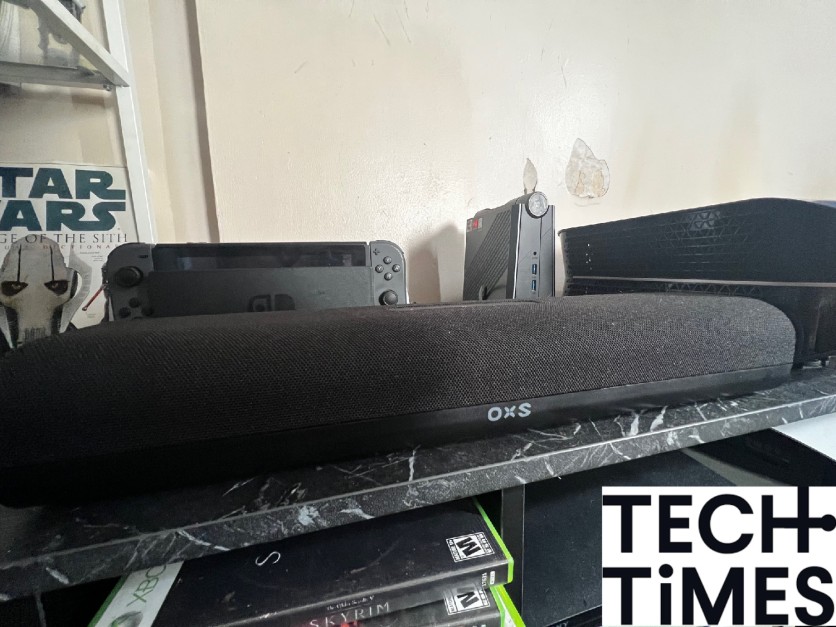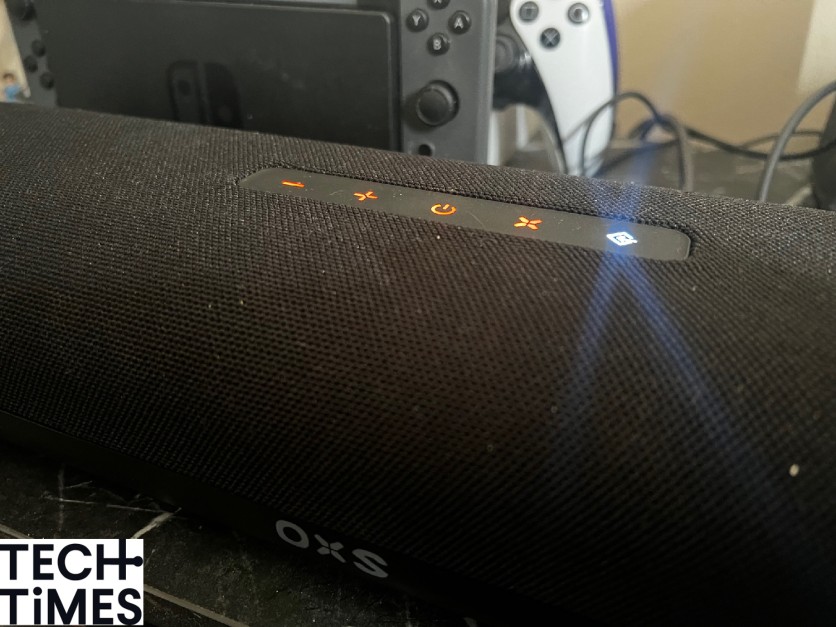PC sound solutions abound through the likes of random, one-off options that typically are tailor-made for a specific niche. Razer showed off its own Leviathan V2 soundbar this past CES in January, featuring multi-driver PC support and THX spatial audio at a $250 premium, making it a hard sell for those looking for great performance at a fraction of the price.
Enter OXS, an audio solutions firm looking to disrupt the market with powerful new tools to reshape the way we hear everyday sounds from our speakers. The company was born from a love of audio, home to engineers with backgrounds from the likes of Rayleigh Labs, Jamo, and Jacob Jenson.
Using this incredible history to its advantage, OXS has recently unveiled a PC gaming soundbar that leverages a suite of I/O for almost any device in tandem with a Virtual Surround Sound feature all built within a compact design. At just $150, the OXS Thunder Lite is an extraordinary companion for both TV and PC-based audio needs.

The Thunder Lite is a tube-designed soundbar with a 2.0 configuration, which means that it uses two right and left ear-level speakers for its output, What this also means is that it doesn't have a subwoofer, so you won't get any low-frequency bass. It also has a peak sound level of 90 dB, which is quite good for this type of offering.
The Thunder Lite has four total connectivity options, including optical (S/PDIF), eARC, USB-C, Bluetooth 5.0, and 3.5mm AUX, giving it a wide variety in device allocation. All wired connection types (except for 3.5mm for some reason) are included in the box, including an HDMI cable, USB-C to USB-A, and optical, in addition to a handy remote. For each connection, the device provides a handy color identifier, making switches between devices an absolute breeze.
I've been using the Thunder Lite now for about a month and I haven't run into any major issues at all. For the most part, I've left the device in VSS mode for optimal viewing of FPS games and major TV shows, like Marvel's Loki. As I reported in my review of the AWOL projector, that product's speakers were nowhere near ideal, which is where OXS's Thunder Lite came to the rescue.
For my own setup, I kept eARC connected to my projector, Optical to my PS3, and would occasionally connect my phone via Bluetooth. I used a mini PC with the USB-C connection, as well, but had some issues getting it to recognize the device in Windows 11 over the TV/monitor output. Thankfully, OXS has provided a solution within its manual, which details how users must first set the device as their default audio source.
When using USB-C, I found it odd that YouTube playback typically saw about a mere second ms delay, but when playing games, the audio was perfectly in sync. Not sure why that is, but I'm assuming it has something to do with Google Chrome's audio output. Despite this setback, audio still sounded crisp and punchy via USB-C connection, which isn't always the case on other products.
A couple of things did annoy me with some connected devices, though, and it's not a stain on OXS's product per se. With eARC, the connection can be quite finicky. When I tried switching to another source on the soundbar, like Bluetooth, with the eARC device still on and connected, it would always switch back to that input and never stay on Bluetooth (or whatever other input I wanted to use).
Thus, trying to listen to music via my phone with the TV still on playing something muted was essentially impossible, but I've found this is more of an eARC issue rather than a Thunder Lite problem. Overall, though, no matter which input I used, sound quality was through the roof.

Related Article: Razer Launches the Leviathan V2 X PC Soundbar: Worth It at $100?
During the beta weekend not too long ago, I played a ton of Modern Warfare 3, which was brought to life like never before in my room thanks to the Thunder Lite's virtual surround sound feature. While it might be marketed specifically for FPS and RTS games, I've mostly kept the soundbar on VSS as I've noticed movies, games, and even music just sound so much better when the mode is on.
This does, however, bring the volume quite high and there's no real way to make it any quieter (it is, after all, called virtual surround sound). For that reason, I would like to see some LED screen of some kind that can accurately tell me how loud I've set a device because I'll often turn the device on, change to another output, and be blasted with sound unintentionally.
Sounds and connectivity are certainly major proponents behind what makes the S2 Thunder Lite so ideal, but I also must relate its ease-of-use functionality as a shining aspect, as well. It comes with a remote control, but fortunately, the device is quite knowledgeable, automatically turning off and on alongside its inputs, which is especially helpful given that I'm one to forget to shut off the speaker at bedtime.
This function does appear to be somewhat finicky, as well, depending on the type of input selected, but having the ability to keep functionality consolidated and streamlined is a pretty awesome feat for OSX and its soundbar. To that end, I would like to see additional functionality in a preset power on/off timer of some kind when not in use, so that if I do forget to turn it off, it will do so by itself.

Strangely though, the Thunder Lite has three EQ modes: Movie, News, and Music. I tested the music and movie options but found that I liked the device as is, without any extra sound changes. Virtual surround sound alone has proven to strike my fancy a ton, on top of its incredible price point.
Given all of these merits, especially its compact and sleek design, I must award the Thunder Lite a nine out of ten on the Tech Times grading scale. OXS has a remarkable system here, which could see additional upgrades in the form of a small LED screen and maybe improved USB-C audio support, but aside from these constraints, it stands tall as a worthy option for all of your at-home entertainment sound needs.
Pros | Cons |
Incredible sound quality | Difficult to tell how loud an input is on a startup |
VSS (virtual surround sound) | USB-C connectivity can be shotty |
Extensive connectivity | No off/on preset timer |
Priced affordably | |
Compact design |




